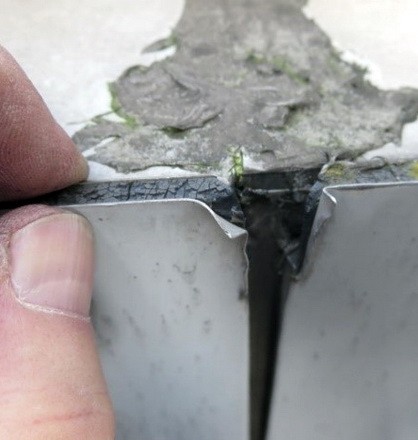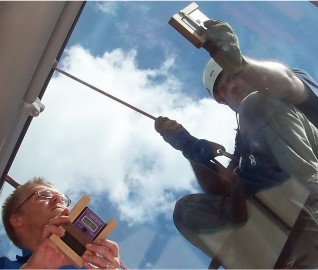
Energy efficiency and conservation of our natural resources are arguably two of the most significant influences on the design and construction of our built environment. The demand for retrofits and adaptive reuse of post-war and more recently constructed built assets is a reflection of this trend. In the wrong hands, this demand can create fertile ground for the introduction of exterior wall components and materials that may increase the risk for fire (particularly when regulatory enforcement is weak) product substitutions are not fully vetted and untested products are allowed to reach the marketplace.
As designers and stewards of our built environment, the public trust is safeguarded when we take the time to investigate what past mistakes taught us and apply those lessons to advance our own understanding of building science and the physics of building enclosure performance, both in the context of heat, air, and moisture transport and in the broader context of fire science and engineering.
Click here to read "Conservation and Fire Science: A Delicate Balance."
RELATED INFORMATION
-
 Daniel J. Lemieux, Principal and Director, International Development WJE Washington, D.C. MORE >People | Daniel J. Lemieux, Principal and Director, International Development
Daniel J. Lemieux, Principal and Director, International Development WJE Washington, D.C. MORE >People | Daniel J. Lemieux, Principal and Director, International Development -
 Nicholas Ozog, Associate PrincipalWJE Chicago MORE >People | Nicholas Ozog, Associate Principal
Nicholas Ozog, Associate PrincipalWJE Chicago MORE >People | Nicholas Ozog, Associate Principal -
 Our professionals are experienced providers of fire protection and life safety services for all... MORE >Services | Fire Protection and Life Safety
Our professionals are experienced providers of fire protection and life safety services for all... MORE >Services | Fire Protection and Life Safety -
 Our building science expertise and resources are the result of a commitment to understanding the... MORE >Services | Building Science
Our building science expertise and resources are the result of a commitment to understanding the... MORE >Services | Building Science



































